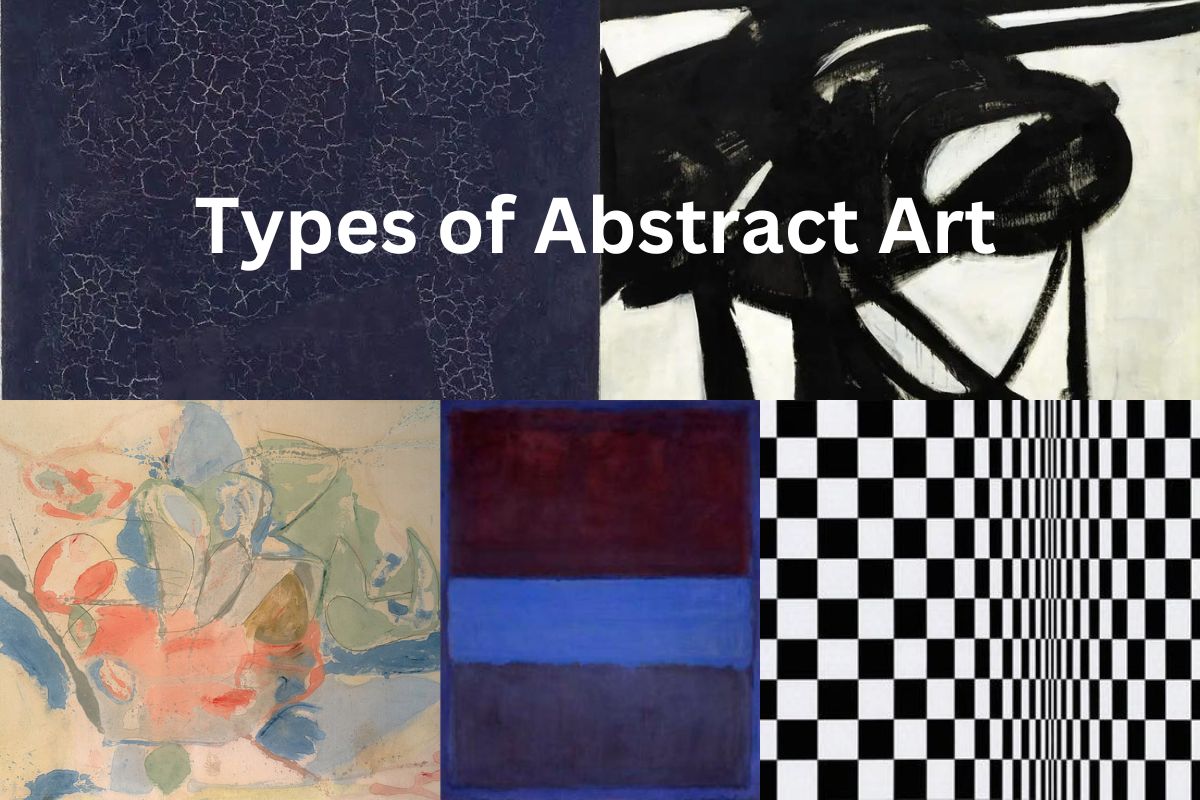Abstract art is a type of art that does not attempt to represent an accurate depiction of visual reality but rather focuses on the elements of color, form, texture, and line to create a composition that can be interpreted subjectively by the viewer.
There are many different types of abstract art, each with its own unique characteristics and techniques.
Some of the most prominent types of abstract art include:
- Geometric abstraction
- Color field abstraction
- Abstract expressionism
- Minimalism
- Op art
- Abstract impressionism
- Biomorphism
- Cubism
Each type of abstract art offers a different approach to the use of abstraction as a means of creative expression.
Types of Abstract Art
1. Geometric Abstraction
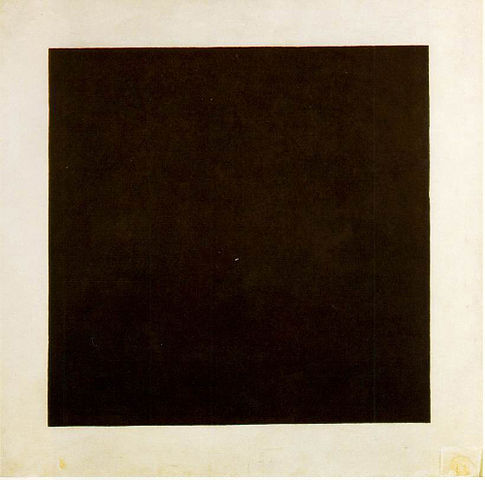
Geometric abstraction is a type of art that is characterized by the use of geometric shapes such as squares, circles, rectangles, and triangles.
The shapes are often arranged in a precise and structured composition, and the use of color and line is minimal. It emerged in the early 20th century and was inspired by the geometric forms of modern architecture, machinery, and technology.
The goal of geometric abstraction is to create a sense of order, harmony, and balance in the composition. The shapes are often repeated, mirrored, or rotated to create a sense of movement and rhythm. The use of geometric shapes can also create an illusion of depth and space, despite the flatness of the artwork.
Some famous artists associated with geometric abstraction include Kazimir Malevich, Piet Mondrian, and Theo van Doesburg. Malevich’s “Black Square” is a seminal work in the development of geometric abstraction, while Mondrian’s use of primary colors and rectangular forms is iconic.
Doesburg founded the De Stijl movement, which was based on the principles of geometric abstraction and the use of pure, abstract forms.
2. Color Field Abstraction
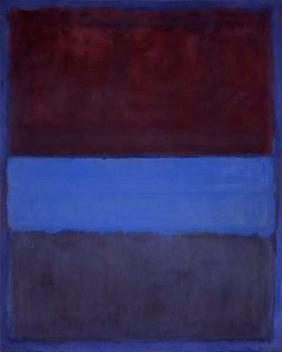
Color Field abstraction emerged in the 1940s and 1950s in the United States. It is characterized by large areas of flat, solid color on the canvas, without any figurative or representational forms or shapes.
The goal is to evoke an emotional response in the viewer through the use of color and its arrangement. The color is often applied in broad, sweeping strokes, and the surface of the canvas is often left unbroken, creating a sense of unity and harmony in the composition.
Color Field abstraction is often associated with the Color Field movement, which was a group of artists who shared a common interest in the use of color as the primary element of their artwork.
Some famous artists associated with Color Field abstraction include Mark Rothko, Helen Frankenthaler, and Morris Louis. Rothko’s paintings, for example, consist of large, rectangular shapes of color, often arranged in layers to create a sense of depth and luminosity.
Frankenthaler’s paintings, on the other hand, often feature a technique called “soak-stain,” in which she poured diluted paint onto the canvas, allowing it to seep into the fabric and create a subtle, watery effect.
3. Abstract Expressionism
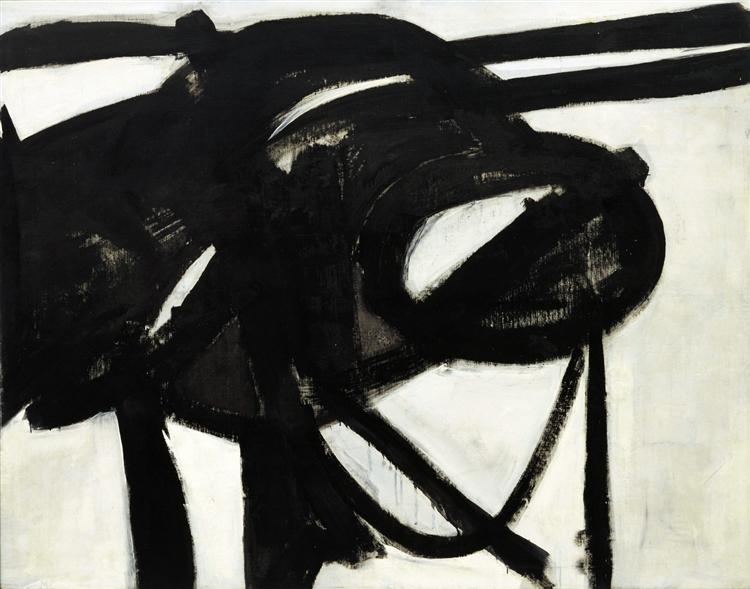
Abstract Expressionism emerged in the 1940s in the United States. It is characterized by the use of gestural brushstrokes, physicality of paint application, and the expression of emotions and ideas through the physicality of the painting.
The artists associated with Abstract Expressionism sought to create a new type of art that was free from the constraints of traditional representational art.
Abstract Expressionism can be divided into two main subcategories: action painting and color field painting. Action painting is characterized by the use of rapid and spontaneous brushstrokes, often creating a sense of movement and chaos in the composition.
Color field painting, on the other hand, is characterized by large areas of flat color, as seen in Color Field abstraction, but with more emphasis on the physicality of the paint application.
Some famous artists associated with Abstract Expressionism include Jackson Pollock, Willem de Kooning, and Franz Kline. Pollock is known for his “drip paintings,” in which he poured and dripped paint onto the canvas, creating a sense of movement and energy.
De Kooning’s paintings often featured complex layers of gestural brushstrokes, while Kline’s paintings often featured bold, black and white compositions with broad brushstrokes.
4. Minimalism
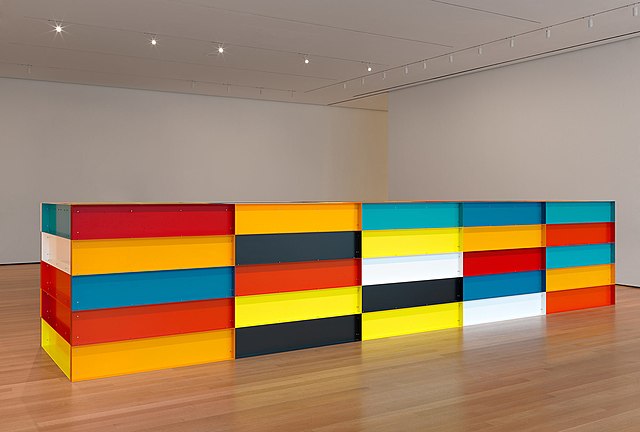
Minimalism is a form of abstract art that emerged in the 1960s and is characterized by the use of minimal and simplified forms, often reduced to their most basic elements of color, shape, and line. It emphasizes simplicity, reduction, and the elimination of unnecessary elements.
The goal of Minimalism is to create a sense of order, clarity, and objectivity in the composition, and to evoke a strong emotional response in the viewer through the use of minimal means. The compositions are often very geometric and precise, with an emphasis on balance and symmetry.
Some famous artists associated with Minimalism include Donald Judd, Dan Flavin, and Carl Andre. Judd’s sculptures often consist of simple, repeated forms, such as rectangular boxes, which are arranged in a precise and systematic manner.
Flavin’s works consist of fluorescent light fixtures arranged in minimalist compositions, while Andre’s works consist of simple arrangements of industrial materials, such as bricks or steel plates.
5. Op Art
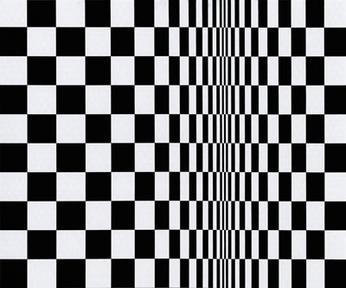
Op Art, short for Optical Art, emerged in the 1960s and is characterized by the use of optical illusions, geometric patterns, and color contrasts to create a sense of movement or vibration in the viewer’s eye.
The compositions are often precise and geometric, with a focus on the optical effects created by the use of color and pattern.
Op Art often plays with the viewer’s perception, creating illusions of depth, movement, or vibration. The compositions often appear to be in motion, even though they are static, and the use of color contrasts can create a sense of visual tension or conflict.
Some famous artists associated with Op Art include Victor Vasarely, Bridget Riley, and Richard Anuszkiewicz. Vasarely is considered the father of Op Art, and his works often feature complex geometric patterns and optical illusions.
Riley’s works consist of abstract, black and white compositions that create a sense of movement and tension, while Anuszkiewicz’s works often feature contrasting colors that create a sense of depth and dimensionality.
6. Abstract Impressionism
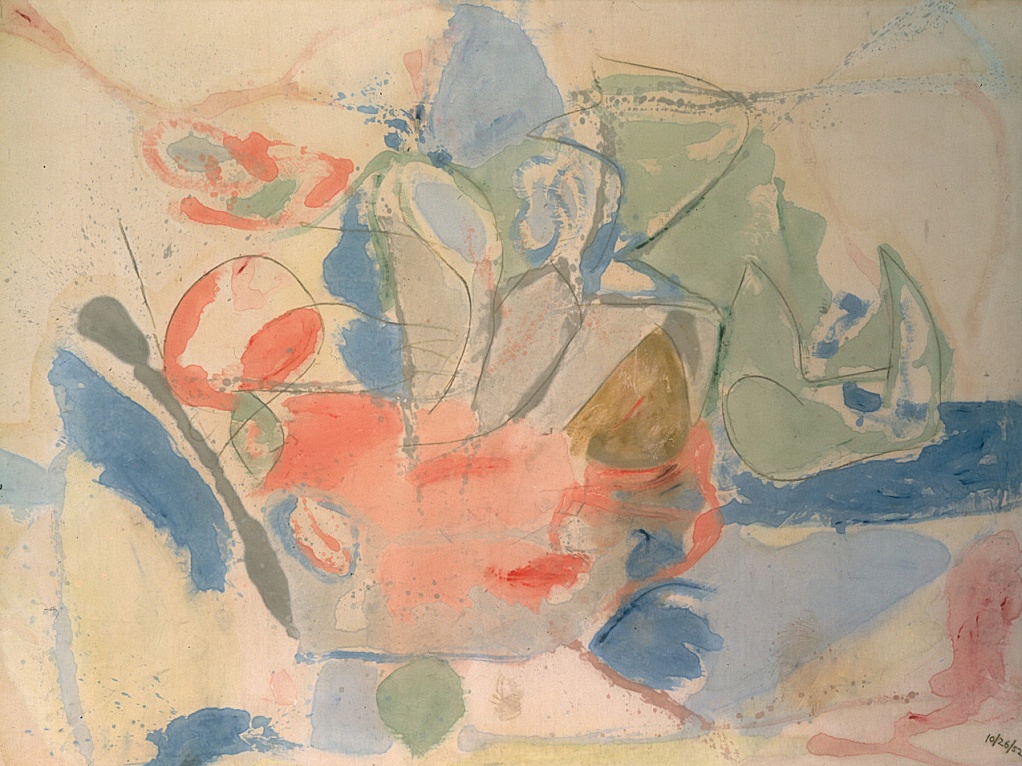
Abstract Impressionism is a type of abstract art that emerged in the 1940s and 1950s in the United States.
It is a fusion of Abstract Expressionism and Impressionism, combining the gestural brushstrokes of the former with the focus on capturing light and atmosphere of the latter.
The goal of Abstract Impressionism is to convey emotions and ideas through the use of color, texture, and the physicality of the painting.
Abstract Impressionism often features loose and spontaneous brushstrokes, similar to the gestural brushstrokes of Abstract Expressionism, but with a greater emphasis on the use of color to capture the impression of a scene or emotion.
The compositions often have a sense of light and atmosphere, similar to Impressionism, but with an abstract and subjective quality.
Some famous artists associated with Abstract Impressionism include Joan Mitchell, Helen Frankenthaler, and Lee Krasner.
Mitchell’s paintings often feature loose, gestural brushstrokes and a focus on capturing the energy and movement of nature. Frankenthaler’s works often feature the “soak-stain” technique seen in Color Field abstraction, but with a greater emphasis on the physicality of the paint application.
Krasner’s works often feature complex layers of gestural brushstrokes and a focus on the use of color to convey emotions and ideas.
7. Biomorphism
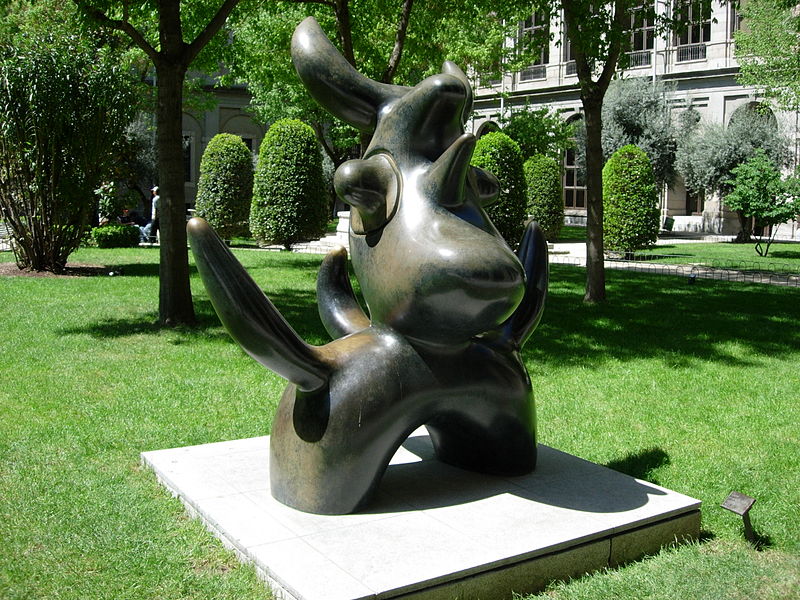
Biomorphism emerged in the early 20th century and is characterized by the use of forms and shapes inspired by living organisms such as plants, animals, and human body parts.
It is an abstract art form that seeks to create a sense of organic movement and flow in the composition, often using curves, fluid lines, and biomorphic shapes.
Biomorphic forms often suggest the movement and growth of living organisms, and the compositions can be interpreted as representing the interconnectivity and interdependence of different forms of life.
The use of organic forms can also create a sense of ambiguity, allowing the viewer to interpret the forms in multiple ways.
Some famous artists associated with Biomorphism include Joan Miró, Jean Arp, and Alexander Calder.
Miró’s works often feature playful, biomorphic shapes that suggest the natural world, while Arp’s sculptures often feature fluid, organic forms that seem to be in constant motion.
Calder’s mobiles, on the other hand, often feature abstract, biomorphic shapes that suggest the movement of living organisms in space.
8. Cubism
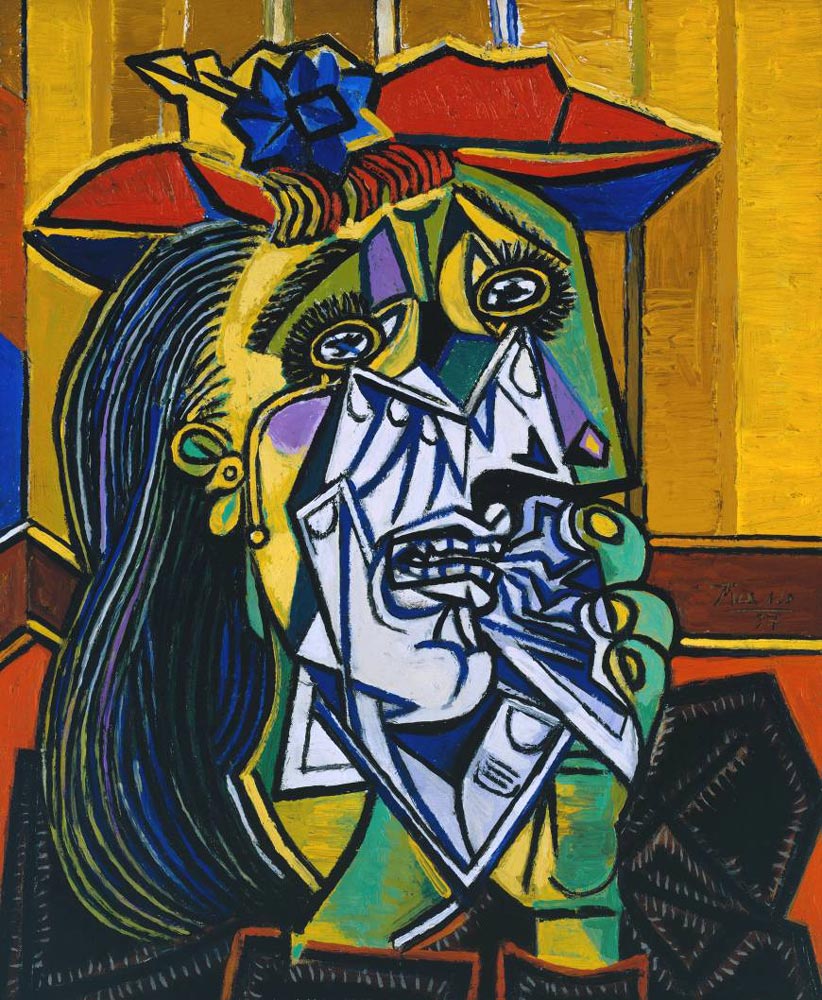
Cubism developed in the early 20th century, pioneered by Pablo Picasso and Georges Braque.
It is characterized by the use of fragmented and overlapping forms and shapes to create a sense of multiple perspectives in the composition.
The goal of Cubism is to capture the essence of an object or scene from multiple viewpoints, rather than attempting to create a realistic representation of it.
Cubism often features geometric forms and shapes, such as cubes, cones, and cylinders, arranged in a complex and abstract composition. The use of fragmentation and overlapping can create a sense of depth and movement in the composition, despite the flatness of the artwork.
There are two main subcategories of Cubism: Analytical Cubism and Synthetic Cubism.
- Analytical Cubism is characterized by the use of monochromatic colors and a focus on the fragmentation of form
- Synthetic Cubism is characterized by the use of vibrant colors and the incorporation of elements from everyday life, such as newspaper clippings or advertisements.
Some famous artists associated with Cubism include Pablo Picasso, Georges Braque, and Juan Gris.
Picasso’s works often feature complex, fragmented forms and shapes that suggest multiple viewpoints, while Braque’s works often feature a more muted color palette and a focus on the fragmentation of form.
Gris’s works often feature a synthesis of Analytical and Synthetic Cubism, incorporating elements from everyday life into the composition.

